Physicists have developed a thin nanomaterial with superconducting properties. Below -200°C these materials conduct electricity without loss, levitate magnets and can screen magnetic fields.


Physicists have developed a thin nanomaterial with superconducting properties. Below -200°C these materials conduct electricity without loss, levitate magnets and can screen magnetic fields.

An overview of how synaptic transmission is assayed in the Drosophila neuromuscular and central nervous systems.
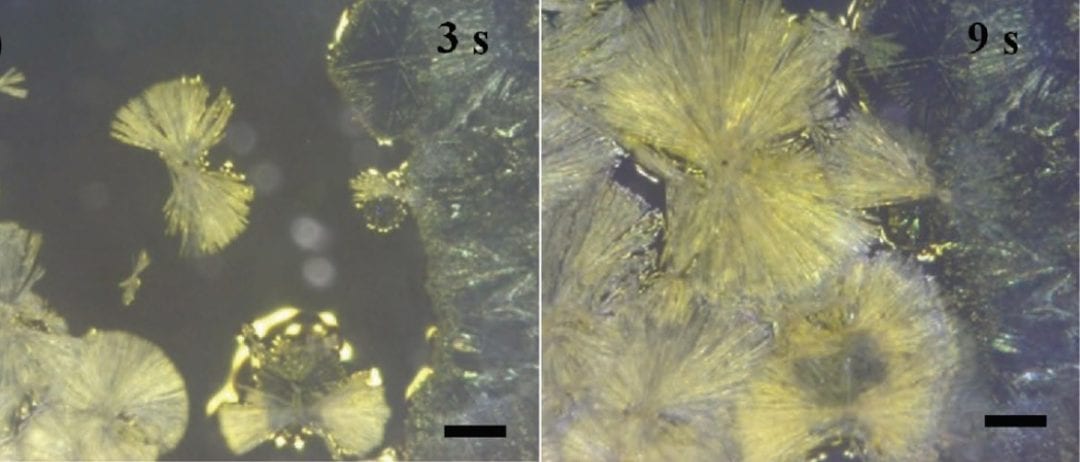
Perovskite-based photovoltaics are currently achieving PCEs of just over 22%. Here are some interesting highlights of recent perovskite research.
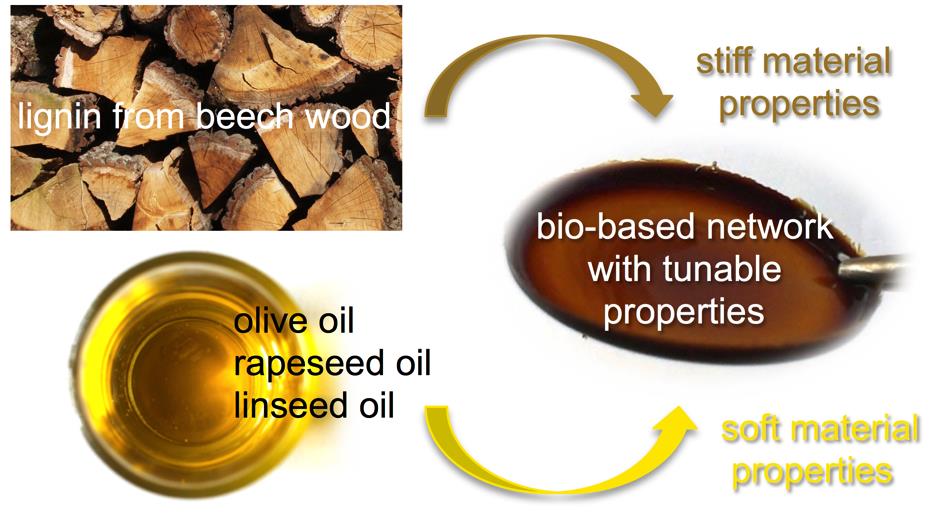
The use renewable resources to prepare thermosetting polymer films with tunable mechanical properties is demonstrated in a new paper. These exciting results highlight the possibility of combining two structurally different renewable materials to prepare cross-linked networks with varying and tunable mechanical properties.
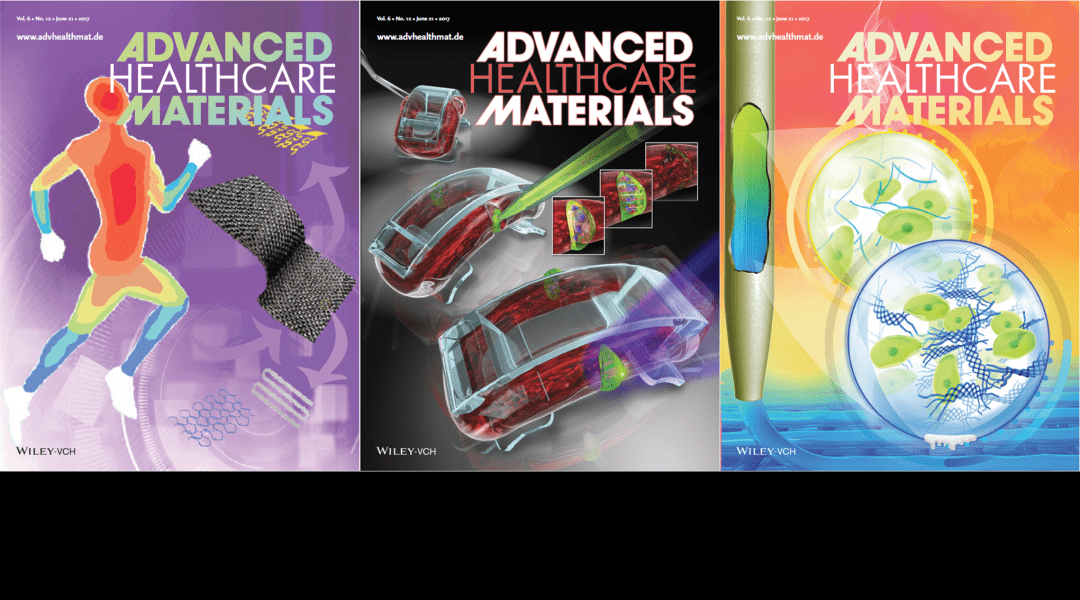
This week’s Advanced Healthcare Materials covers.
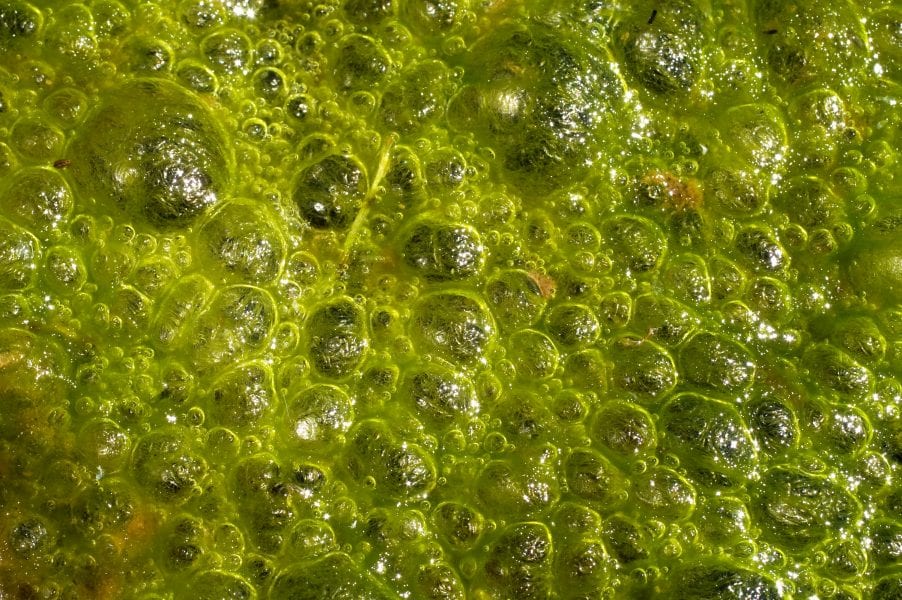
A recent Review takes an in-depth look at the current status and future prospects of supercritical transesterification.
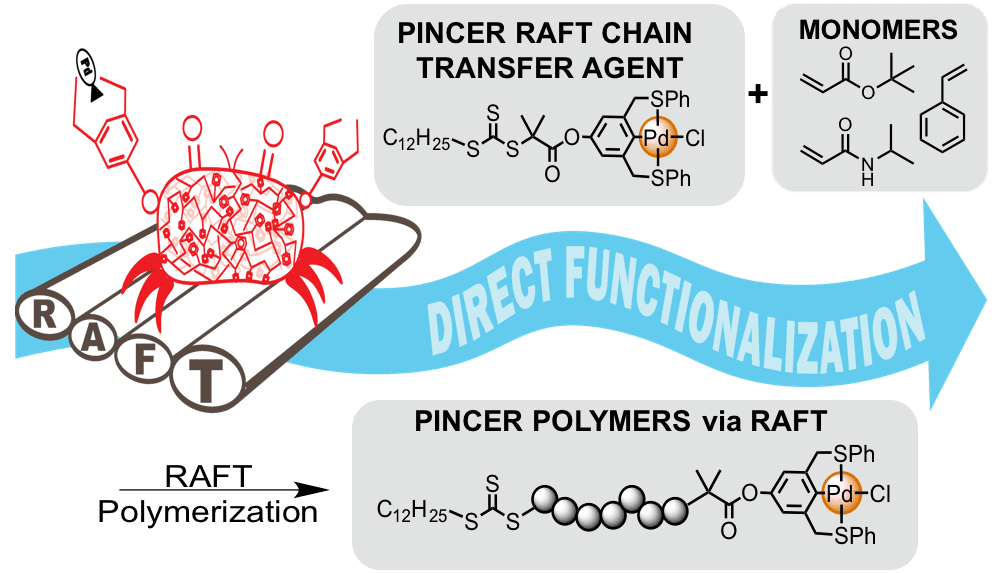
Metal-coordination polymers are fabricated via reversible addition-fragmentation chain-transfer (RAFT) polymerization in a direct fashion.
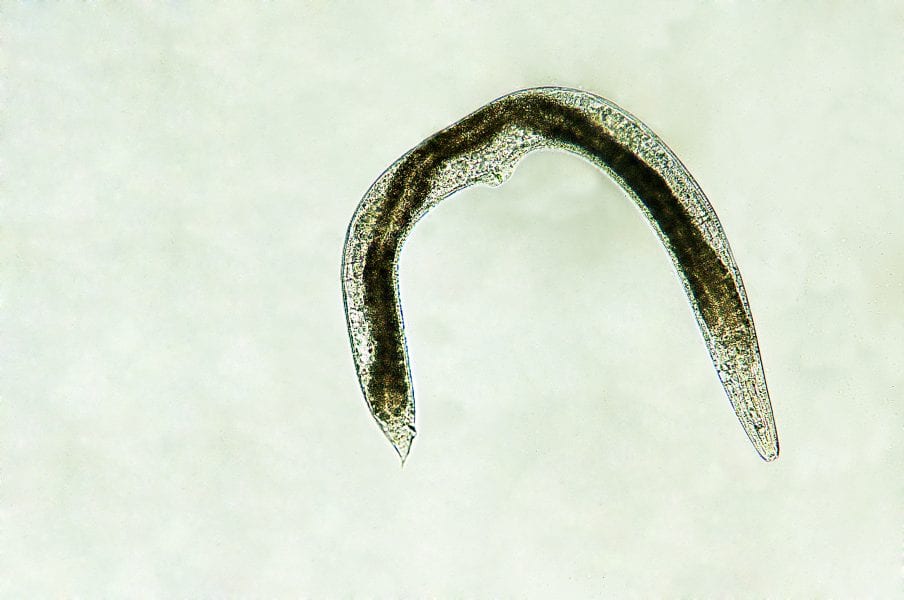
Interestingly, C. elegans is capable of a remarkable case of phenotypic plasticity, called the dauer stage, where it is capable of surviving without food for three months. (Image credit: D. Kucharski K. Kucharska/Shutterstock)

Prof. Elizabeth Biddinger talks about her recent article on copper-based catalysts for carbon dioxide electroreduction, which brings new insights towards the renewable conversion of carbon dioxide, a well-known greenhouse gas, into green fuels and chemicals.

Researchers from Nanyang Technological University demonstrate 3D-printed, surface-modified electrodes for effective water splitting.